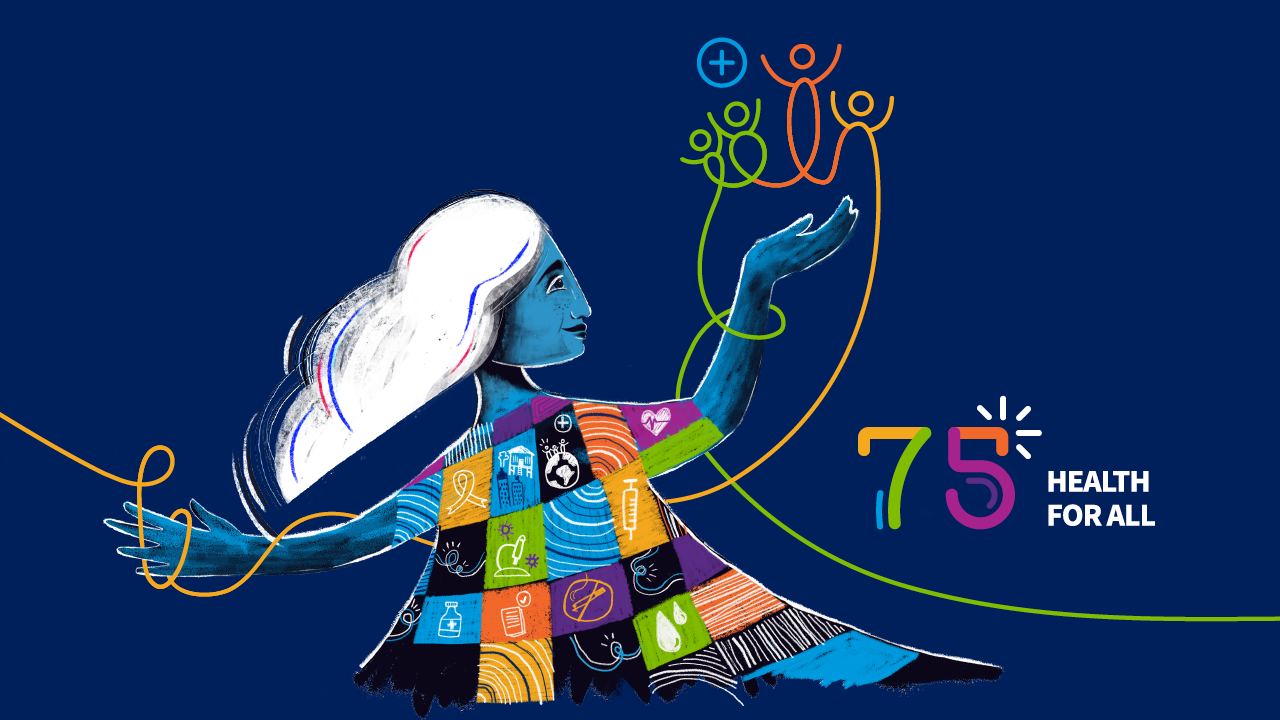Good health is a basic human right, so why are 2 billion people still not getting access?

Friday 7th April is World Day Health, a day where we celebrate the innovations and breakthroughs that are eliminating diseases, better managing long-term conditions and improving public health and patient outcomes. However, there is so much more that needs to be done with the sad reality that 30% of the global population still doesn’t have access to basic health services.
The World Health Organization turns 75 this year and it has been a driving force to improve public health globally and reduce the gap in basic access to care and treatment. Yet, every day, overstretched healthcare systems are being asked to do more with fewer resources, meaning that eradicating health disparities feels like an impossible task.
Is it possible to ensure health for all?
Yes. There is hope in the longer term that we can provide basic health for all and make governments more accountable for providing better and more sustainable healthcare infrastructures and services.
We know there are many companies and private-public collaborations who have a greater focus on improving health equity and addressing inequalities for those who are underrepresented or have barriers to affordable and accessible care – and rightly so. The trend isn’t lost on us. As communications professionals, we have seen a steep rise in a core narrative around health equity and DE&I.
While many are consolidating their efforts to remove these barriers and looking at sustainable solutions for those in most urgent need, there are essential factors and differentiations in circumstances that need to be considered to ensure there is an equal outcome for all.
We often see programmes and campaigns that are looking at underserved or minority communities as a whole, however, you can’t make assumptions based on one single commonality e.g., sex, age, race, education, socio-economic status, geographic location.
We recently discussed this with our Inclusion Council and health community at Ketchum. We look at things with a culture-first focus, but also the contributing factors that need to be considered when creating targeted messaging, educational and awareness programmes and how we can hyper-target campaigns that will resonate and engage. For us, it is important to look at healthcare in particular through the lens of intersectionality. Truly understanding how a person’s social and political identities combine to identify multiple factors of advantage and disadvantage. This can change the need for an individual over someone else who has one similar identifying factor in order to meet their needs and get an equal outcome. In this case, fair access to care and treatment.
Looking back over the last 75 years, we know that progress has been made, especially in low- and middle-income countries where resources are even more sparse. We need to make every effort count considering the points of access, that the right infrastructures are created and in place, the need for education and improved understanding and that the correct identifying factors are thought through when making key decisions and creating strategies to make sure good health is available for everyone.
